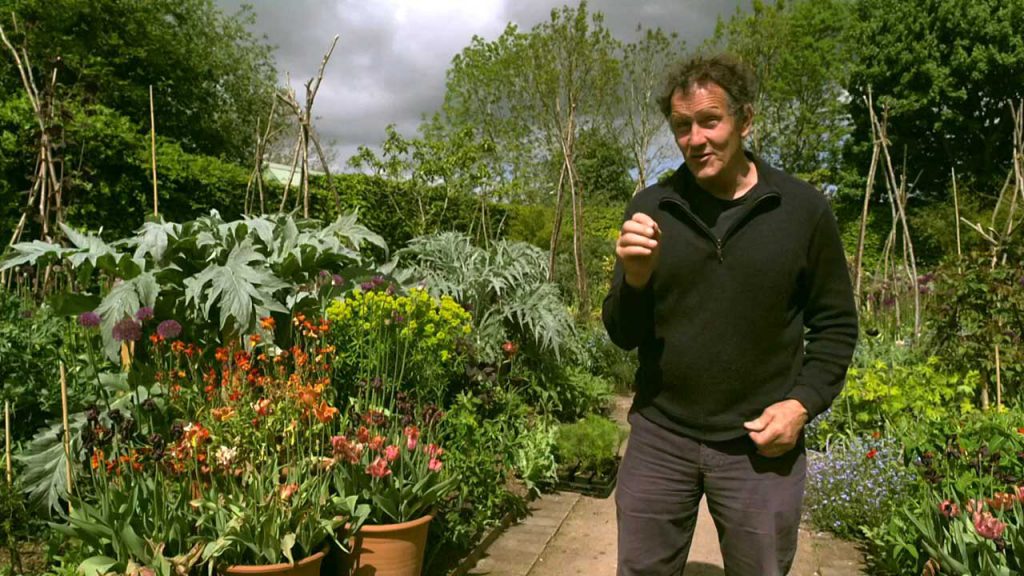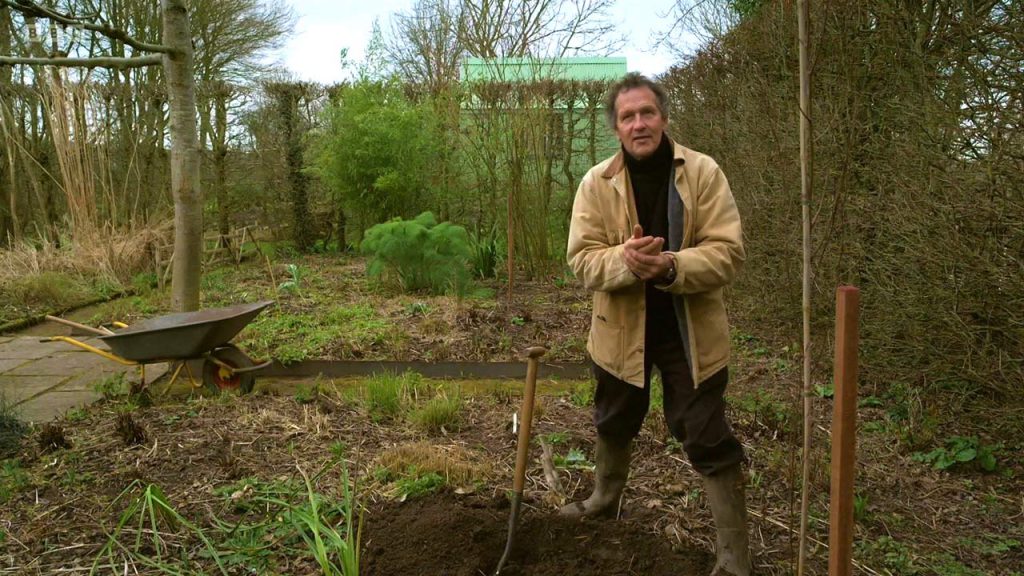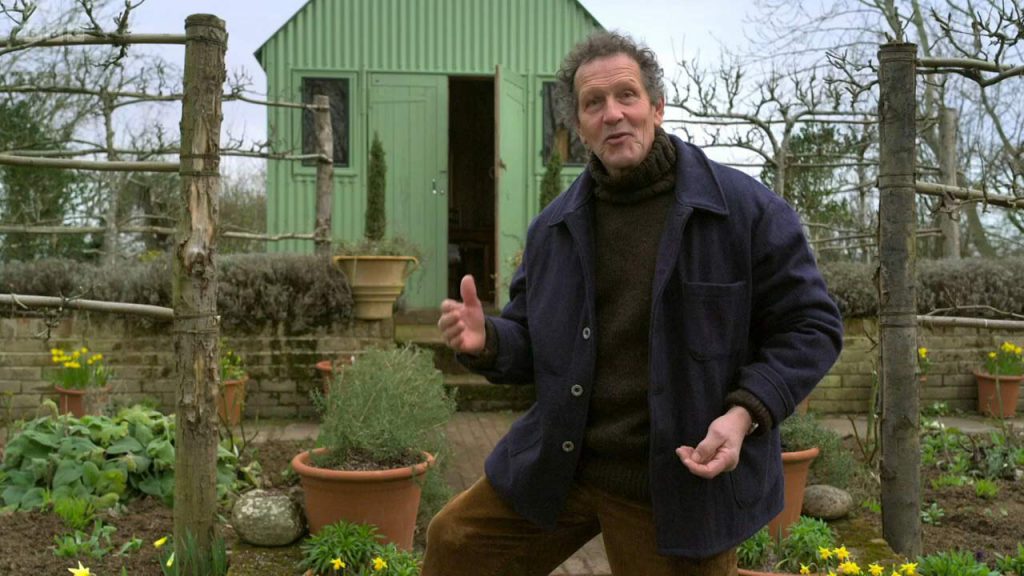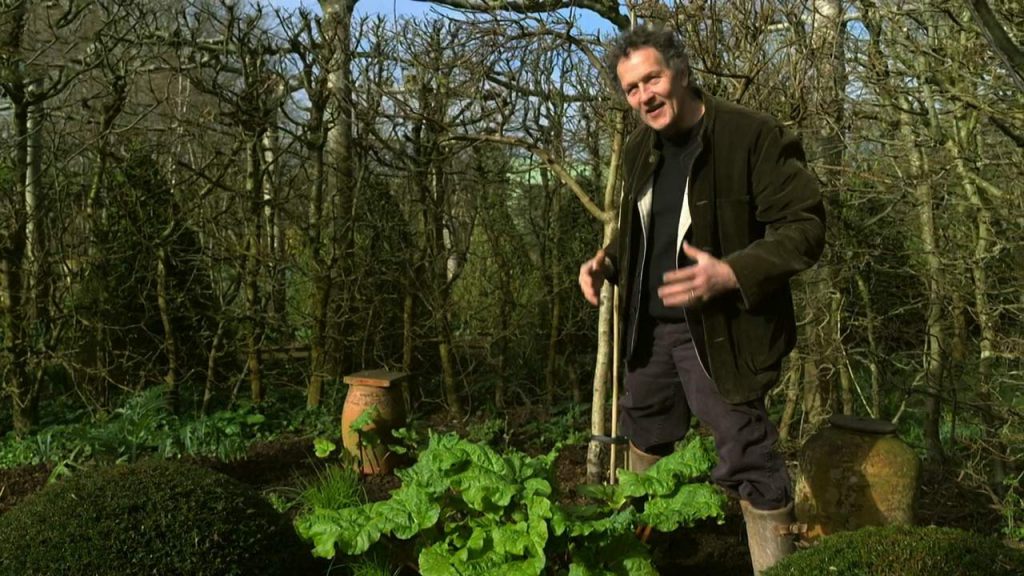Gardeners’ World 2022 episode 11: Monty shows the range of vegetables that can be easily grown in containers if you are short on space, moves ornamental grasses and sows zinnias. Nick Bailey gives us an insight into the bearded iris in Buckinghamshire, and Sue Kent shares an update on the progress of her first ever show garden, destined for the Hampton Court Palace Garden Festival.
Nick Bailey takes us on a fascinating journey to Buckinghamshire, where he delves into the world of the bearded iris. Known for their striking beauty and diverse colors, these irises are a favorite among gardeners, and Nick offers valuable tips on how to cultivate and care for them to ensure they thrive.
Meanwhile, Sue Kent updates us on her ambitious project—her very first show garden, which is set to debut at the prestigious Hampton Court Palace Garden Festival. Sue’s journey is not only inspiring but also full of practical insights for those looking to create their own show-stopping garden.
The episode also features a visit to a passionate gardener in Lincolnshire who has cultivated a stunning collection of tropical plants. Despite the challenges of the British climate, this gardener has successfully created a lush, exotic haven, providing viewers with inspiration and practical tips for growing tropical species in temperate regions.
Additionally, the show revisits the wonderful creations of Gardeners’ World viewers, showcasing their hard work and creativity in their personal gardens. This segment is a testament to the thriving gardening community and offers a plethora of ideas and inspiration for both novice and experienced gardeners.
Overall, episode 11 of Gardeners’ World 2022 is packed with diverse gardening topics and expert advice, making it a must-watch for anyone looking to enhance their gardening knowledge and skills. Whether you’re interested in container gardening, ornamental grasses, bearded irises, or tropical plants, this episode provides a wealth of information and inspiration to help you achieve your gardening goals.
We meet a gardener in Lincolnshire with a passion for tropical plants, and there is another chance to see what Gardeners’ World viewers have been getting up to in their gardens.
Gardeners’ World 2022 episode 11
Growing radishes
Summer radish need a fertile, moisture holding soil to grow well. They are a quick growing crop only taking about six weeks from sowing to harvesting. Winter radish should not be grown in soil that is too rich; they are best grown as a follow on crop but still within the crop rotation plan.
The spring and summer cultivars have to be harvested and used straight away, the winter cultivars that can either be lifted and used as required or stored in boxes containing damp sand or old potting compost to prevent them from shrivelling. It is better to sow summer radish in short rows about every three weeks to maintain a regular supply of mild, crisp radish.
Summer radish is grown from seed that is sown in short rows between February and the end of May. After this time the temperatures are too high to encourage germination and to produce good quality radish. The earliest sowings have to be made with the protection of a greenhouse or under cloches. The first of the outdoor sowings can be made from mid-March onwards. Delay the unprotected outdoor sowing if the conditions are cold and wet and continue using cloches.
The earliest that the seed for winter radish should be sown is July. Use a Japanese cultivar for this early sowing, the Chinese and Spanish selections will run to seed if they are sown too early in the season. The safest time to sow the seed of winter radish is July in the colder regions and during August in warmer regions. Sow the seed as described below but the seedlings must be thinned to 20cms/8ins apart and then grown on like turnips.
The seed is sown thinly in shallow drills 25mm/1inch deep, watering along the drill with liquid seaweed just before sowing the seed to encourage quick germination and to produce strong, healthy seedlings.
Vegetables in containers
Planting vegetables in containers is a versatile way of growing edible crops in the garden, particularly where space is limited. The following vegetables lend themselves well to container cultivation: Beetroot, Broad beans, Carrots, Dwarf French beans, Herbs, Peas, Potatoes, Radishes, Rocket, Runner beans, Chillies & Peppers, Salad leaves, Salad onions, Salad turnips, Tomatoes.
Timings vary depending on the crop, but the main growing season is from early spring to autumn. Pots, troughs and grow-bags can all be used to allow gardeners without time or room for a vegetable plot to grow fresh, tasty produce. Container-grown vegetables can be started off in a glasshouse, conservatory or porch for earlier crops.
Smaller containers can result in a lack of moisture and nutrients for plant roots. Aim for containers with a depth and width of at least 45cm (18in), otherwise frequent watering and feeding will be needed.




